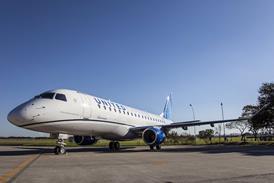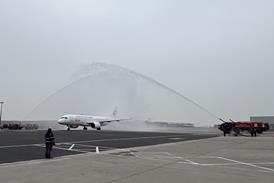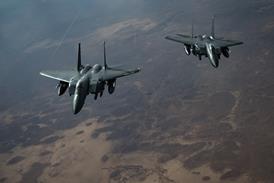Methods chosen by a UK Department for Transport (DfT) working group to identify toxic mist in airliner cabins are scientifically questionable, according to a toxicologist at the University of New South Wales, Australia.
But even these "flawed" tests have established the definite presence of poisonous tricresyl phosphate in two aircraft types so far, states Chris Winder, professor in applied toxicology at UNSW, who notes that its existence had previously been denied in the air transport industry as a component in confirmed cabin air contamination incidents.
The DfT tests have detected tricresyl phosphate in both a BAe Systems 146 and a Boeing 757. This chemical can cause serious neurological problems in people who breathe it, according to Prof Clement Furlong, research professor of genetics and medicine at the University of Washington, Seattle, who is studying its effects and expects to publish the results of his work soon.
At the same time politicians from three UK parties have upped the political pressure on the government by calling for an independent inquiry into the threat to crew and passenger health of crew (see box).
Organophosphate mist from heated oil additives is inducted by the engine or auxiliary power unit bleed air cabin pressurisation system when bearing oil seals are faulty, according to studies by the Australian Senate, which looked into multiple incidents involving BAe 146s and similar events suffered by the Royal Australian Air Force in other types.
The DfT study so far has only trialled methods for collecting samples of the airborne chemicals. Winder says collecting samples is not scientifically effective for "non-volatile mists", asserting that the only effective method is active, real-time analysis of the suspended chemicals and their concentration using a "direct reading machine on the aircraft during flight".
He also criticises the trial's assumption "that workplace exposure standards apply at altitude, something that is, in a technical report that might be used by government agencies to set policy or make recommendations, incorrect, misleading and unusually misinformed". Frequent contamination incidents have been recorded on the ground.
Winder concedes, however: "Overall, limited though these [DfT test] results may be, this study did identify the presence of tricresyl phosphate on aircraft, something that continues to be strenuously denied by sectors of the aviation industry."
Source: FlightGlobal.com























